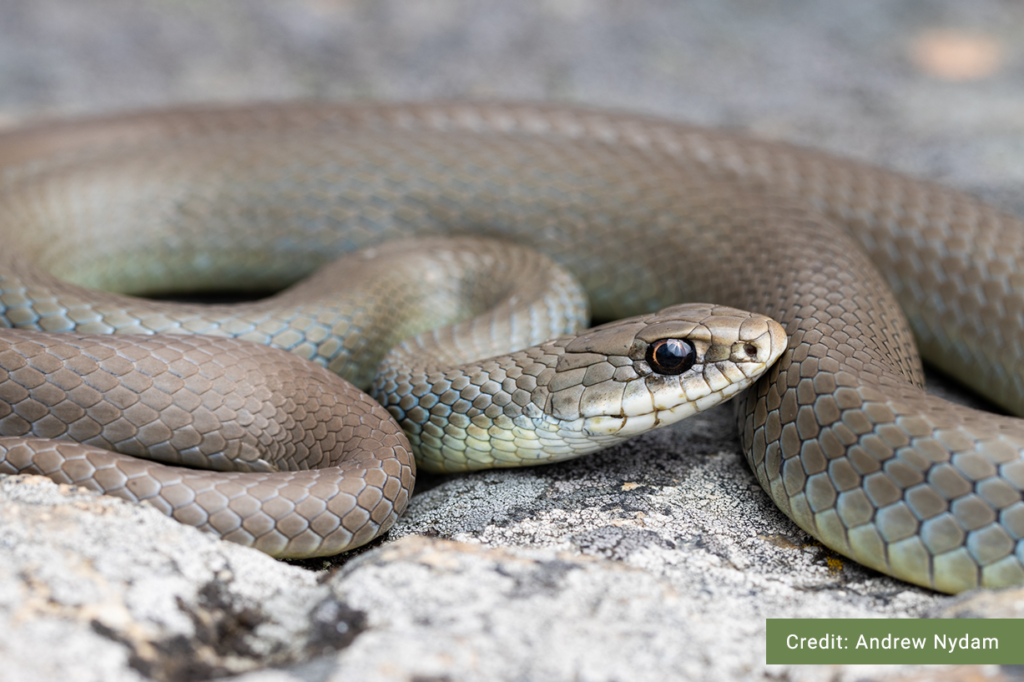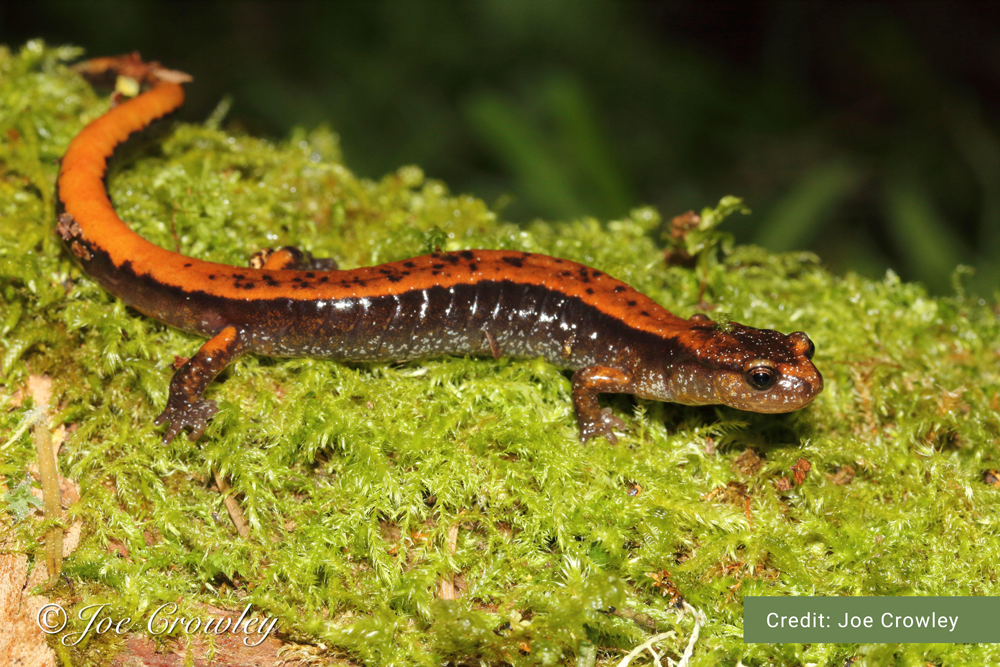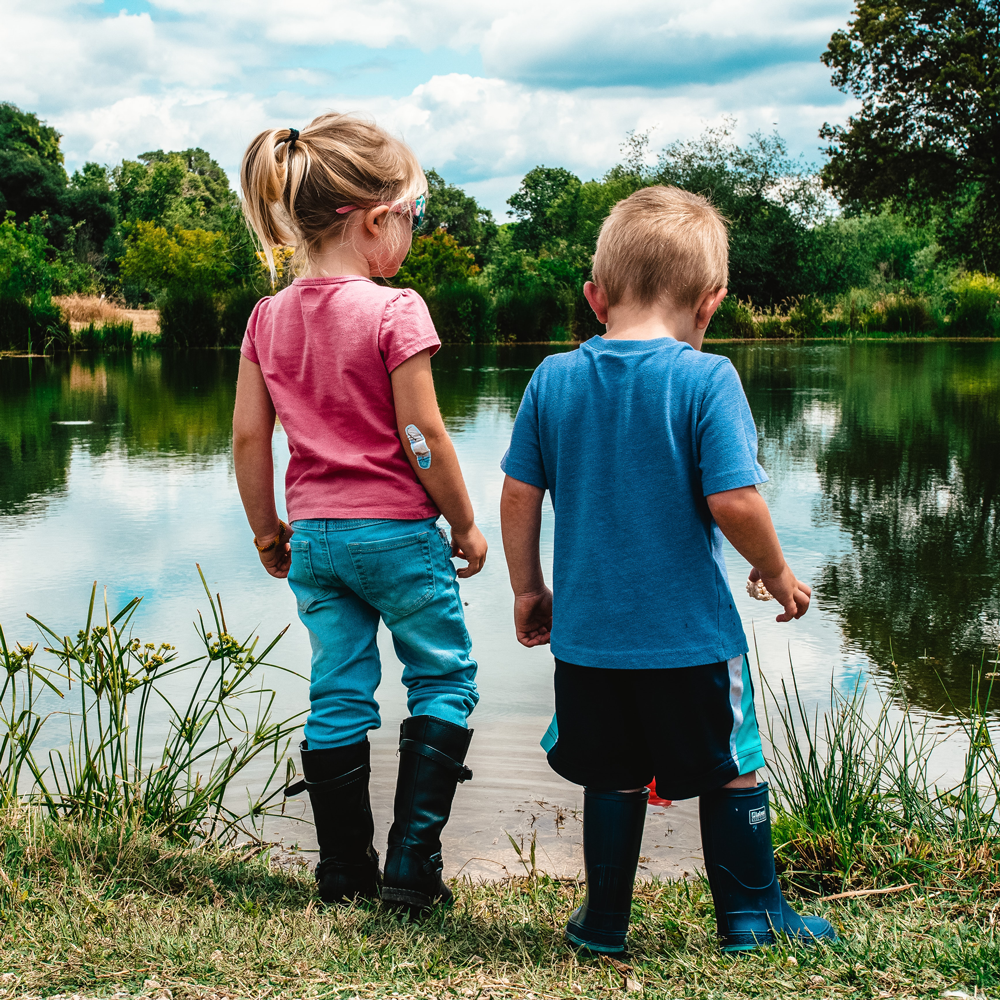Welcome to B.C. Reptiles and Amphibians!
Welcome to
B.C. Reptiles and Amphibians!
British Columbia (B.C.) is home to an incredibly diverse number of reptiles and amphibians, including 14 native species of reptiles (turtles included) and 20 native species of amphibians. B.C. is also home to 4 invasive species of reptiles and amphibians, and on occasion, 4 species of sea turtles.
On this website you will find a vast array of information about reptiles and amphibians in B.C., as well as detailed discussions on the threats and challenges these animals face, and how to help. There is something for everyone on this website, we hope you find it informative and inspiring.
Enjoy!
What’s the difference between a reptile and amphibian?

Western Yellow-bellied Racer (Reptile)
Amphibians include frogs, toads, and salamanders (the latter of which includes newts). The majority of amphibian species in British Columbia (B.C.) have a bi-phasic lifestyle, they start out living in water in their egg and larval or tadpole stages, and then later become at least partially terrestrial. Reptiles include snakes, lizards, and turtles, and their main defining feature is that they have scales, which help to protect the body from injury and prevent water loss, allowing them to live in dry environments.
What’s the difference between a reptile and amphibian?
Amphibians include frogs, toads, and salamanders (the latter of which includes newts). The majority of amphibian species in British Columbia (B.C.) have a bi-phasic lifestyle, they start out living in water in their egg and larval or tadpole stages, and then later become at least partially terrestrial. Reptiles include snakes, lizards, and turtles, and their main defining feature is that they have scales, which help to protect the body from injury and prevent water loss, allowing them to live in dry environments.
Why are they both on this website?

Western Red-backed Salamander (Amphibian)
For the purposes of this website we have included both reptiles and amphibians because they share a few similarities. First, they are both ectotherms. This means that they warm their bodies by absorbing heat from their surroundings, rather than producing it internally. But, fish and invertebrates are also ectothermic, so why aren’t they included here? Well, both reptiles and amphibians are groups of animals that are often misunderstood and face unique threats. For all these reasons, individuals interested in one of these groups will tend to be interested in the other, including scientists that conduct research on these animals.
Why are they both on this website?
For the purposes of this website we have included both reptiles and amphibians because they share a few similarities. First, they are both ectotherms. This means that they warm their bodies by absorbing heat from their surroundings, rather than producing it internally. But, fish and invertebrates are also ectothermic, so why aren’t they included here? Well, both reptiles and amphibians are groups of animals that are often misunderstood and face unique threats. For all these reasons, individuals interested in one of these groups will tend to be interested in the other, including scientists that conduct research on these animals.

